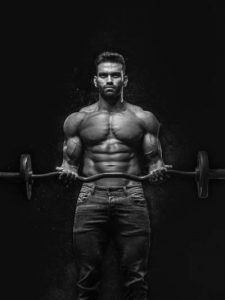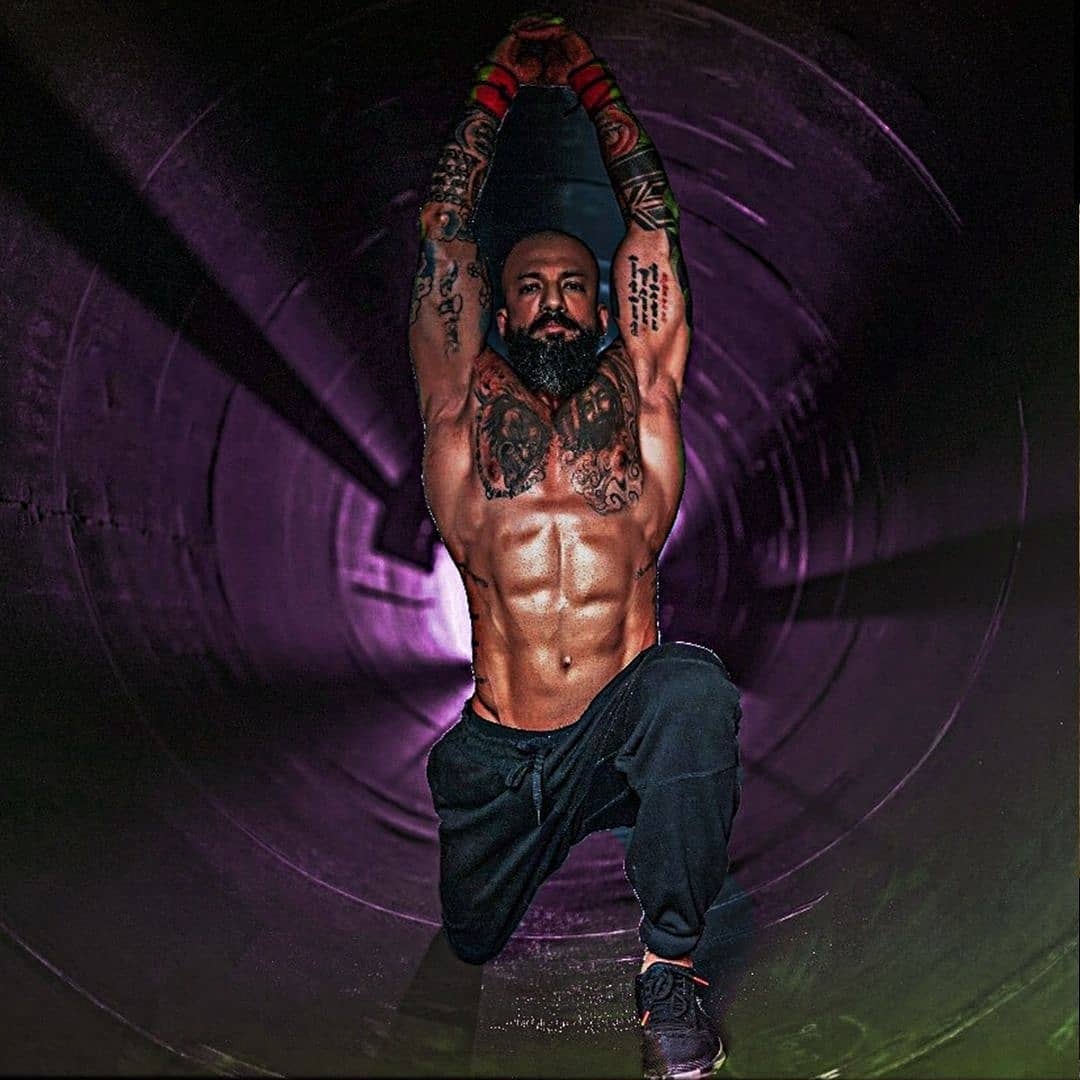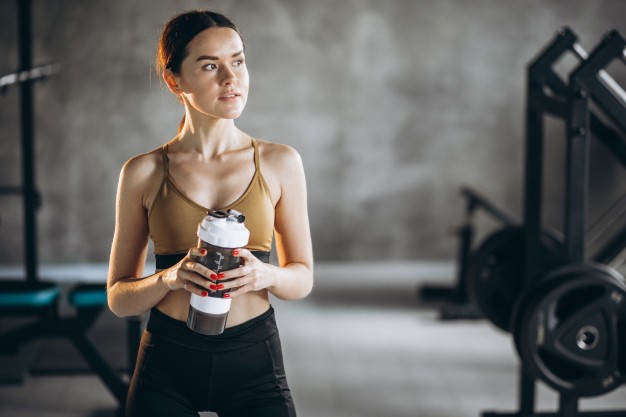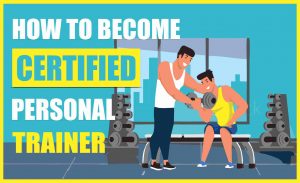Why Functional Training is important for Fitness Trainer?
Is the old expensive isotonic machinery better or these “functional” movements?
We can answer dryly by stating that functional movements are very useful and much better than machinery, especially for a physical trainer.
To respond in more depth to this idea, we start with two of the questions that we receive daily from the many readers of our blog. Questions that revolve around the topic “functional training”.
Certainly, a very broad subject and that, especially in recent years, seems to have overwhelmingly entered today, unleashing granite certainties that raged in our gyms and sports centers.
And about which, however, it is not possible to fully clarify, due to some information difficulty.
Because of the contradictory opinions that we hear around, and also because of some urban legends that persist obstinately and do not want to leave the places of physical activity.
Picture Courtesy. :- @skmfotography
To try to unveil the arcane and help you juggle in this area, we thought it well to ask the opinion of an expert in the sector and ask him some questions. We are talking about Shivoham, celebrity trainer and CrossFit coach in India.
What is Functional Training?
Functional training attempts to adapt or develop exercises that allow people to perform activities of daily living more easily and without injury.
In the context of bodybuilding, functional training primarily involves weight-bearing activities targeting the core muscles of the abdomen and lower back.
But then is it true that functional training is useful for a fitness trainer?
I believe it is not only useful but necessary to use functional training methodologies for a coach who decides to put his professionalism at the service of only one athlete.
Methodologies that we can summarize in the importance given to movement as such, rather than muscle.
This is because the human body is a wonderful union between body, mind, and spirit and is created in such a way to make movements.
And it is precisely carrying out natural movements for the man that improves the whole complex system in all its manifestations, be they physical, mental, and spiritual.
What is the difference between Functional training and Machinery training?
Functional training recovers your body in terms of what was a crime. Both a sedentary person and a very high-level athlete must first “train” by following the movements for which man was created and not just what he does in life.
Therefore, he will have to walk, run, jump, push, throw, hit, shoot. And to do it correctly you must acquire joint mobility and safe technique.
If man had been created just for the couch and the PC had a big head, maybe more arms to write first and would not have other “ammannicoli” like two powerful legs and such an active heart.
Instead, the isotonic machine, an object that we find in all our gyms and that is now part of the idea of the “weight room”. It was created to meet two needs: on the one hand, you want to focus and do a single muscle or a single muscle group (calf, bicep, tricep type), in the style of bodybuilding.

On the other hand, it was created in the 1980s to make the world of high-end bodybuilding as commercial as possible, Schwarzenegger’s as an Olympia mystery to be clear, and to “sell” it to ordinary mortals.
So, training in machinery means performing an “unnatural” action in which part of the work is done by the machinery itself, such as locking the body in a certain position and guiding the gesture along pre-established tracks.
In doing so, two fundamental aspects are lost, such as the activation of the movement chains in their entirety and the stabilization of the movements.
But isn’t working with functional movements more difficult?
I reply by saying that it is more difficult for a coach or personal trainer than for the athlete.

First of all, because it is necessary not only to know the exact techniques and know-how to carry them out but also to transmit them correctly, paying attention also to improve joint mobility.
An aspect that is beautifully circumvented in the machines, which in contrast nail the athlete in fixed positions and guided gestures.
From the athlete’s point of view, however, once he regains his body and improves overall with functional training, at the cost of a greater psycho-physical commitment.
I doubt that we will go back to the old methods.
So is it enough for personal trainers who only work with machines?
I hope that in the future there will be no more coaches administering pre-printed tickets to the machines, just to count the replays.
I honestly find it useless. The concept of the existence of machinery for women and machinery for men, an idea that even underlies an incorrect biomechanical differentiation between man and woman, frankly absurd.

If I can venture my wish, it would be the global development of the training and preparation of our trainers and personal trainers.
Able to master all areas and objectives of a training program, both for the sedentary athlete and for the competitive athlete, aimed at the development of organic muscle abilities such as strength, power, endurance.
And cognitive as balance, coordination and rhythm, and also metabolic aspects (development of the three circulatory energy and cardiovascular systems).
They are also capable of using all the most appropriate methodologies for the person and the objectives, from functional movements to gymnastics, through mobility work, through mixed protocols or taken from competitive disciplines, and even take advantage of those advantages of some isotonic machines, but everything always included in a global program.
Without a doubt a daring desire, but I believe that training and professionalism are a must for our athletes.
Daily workout gives 5x times working energy.
It’s a mission to make India fit by 2025, so keep supporting stayfitindia.in
I will get some motivation to give you more helpful tips and ideas to remain fit with less effort.
For more info on Motivation, Health, and Fitness updates, like us on Facebook or follow us on Instagram.
Also, Subscribe to our Newsletter below. To read more latest posts directly go on the categories.
Also read: How to start my Fitness Journey? helps you to find your perfect trainer who also helped your favorite Bollywood celebrities. How to become a Certified Fitness Trainer? will help you update the new version of yourself.
Just click on the featured image below.






